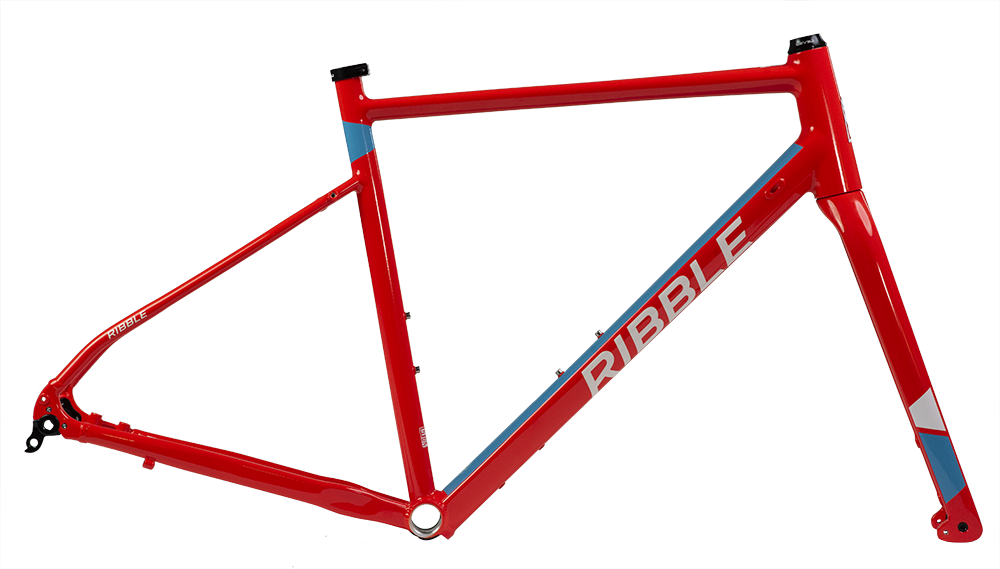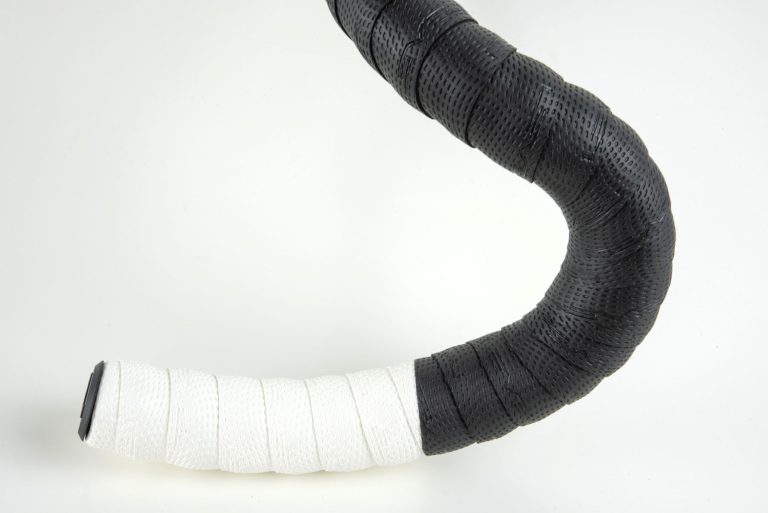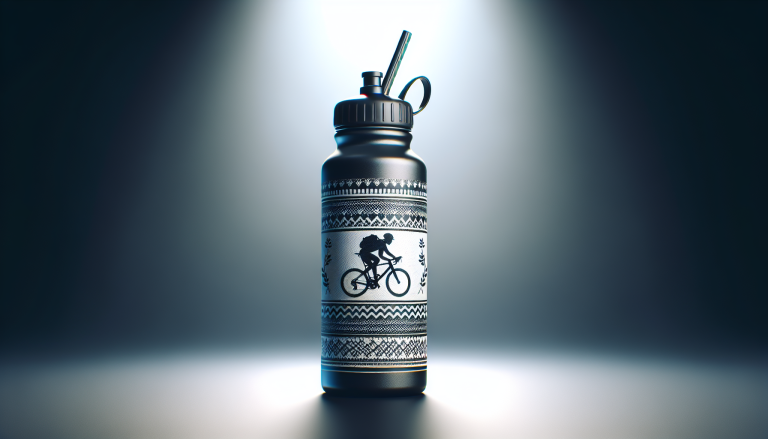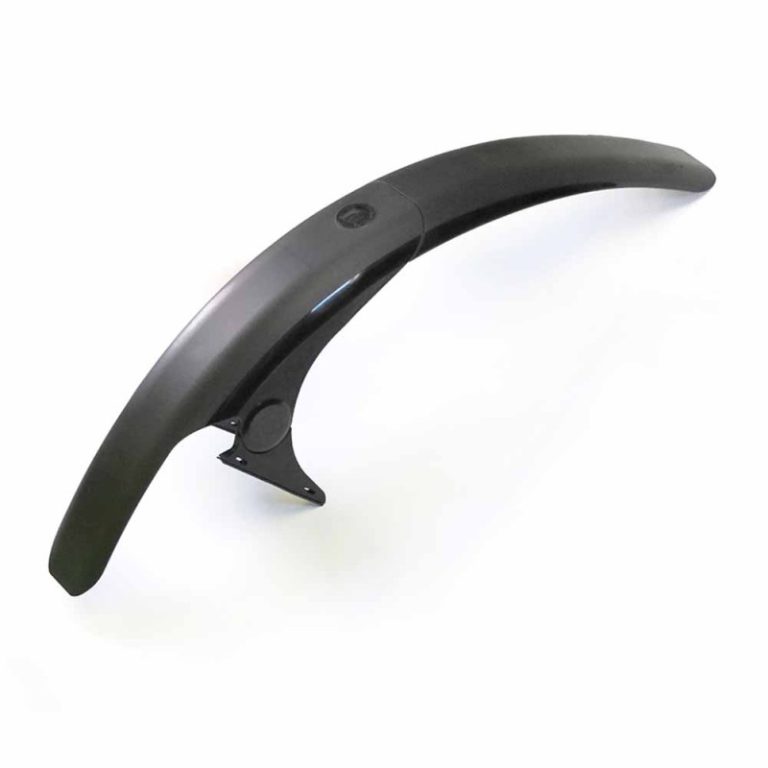If you’re a biking enthusiast looking to upgrade your ride, it’s crucial to understand the various advantages and disadvantages that come with different bike frame materials. Alloy, steel, and carbon are three popular options in the market, and each comes with its unique set of pros and cons. In this article, we’ll take a closer look at these three materials, exploring their benefits and drawbacks, so you can make an informed decision about which frame suits your needs best. So, let’s hop on and navigate through the world of bike frames!
Table of Contents
ToggleAdvantages of Alloy Bike Frames
Lightweight
One of the biggest advantages of alloy bike frames is their lightweight nature. Alloy frames are typically made from aluminum or aluminum alloy, which is known for its low density. This makes the bike easier to handle and maneuver, especially when going uphill or navigating tight corners. The lightweight nature of alloy frames also contributes to a more efficient riding experience, allowing you to ride longer and faster with less effort.
Affordable
Compared to other materials like carbon fiber, alloy bike frames are generally more affordable. This makes them a popular choice for cyclists on a budget or those who are just starting out. Despite their lower price point, alloy frames still offer a high level of performance and durability, making them a great option for both recreational and competitive riders who don’t want to break the bank.
Durable
Alloy bike frames are known for their durability and strength. Aluminum is a robust material that can withstand a fair amount of abuse without compromising its structural integrity. This durability makes alloy frames a reliable choice for riders who put their bikes through tough terrains or engage in aggressive riding styles. It also means that alloy frames have a longer lifespan, providing you with years of reliable use.
Good shock absorption
Another advantage of alloy bike frames is their ability to absorb shocks and vibrations from the road or trail. The inherent properties of aluminum allow it to dampen vibrations, providing a smoother and more comfortable ride. This is particularly beneficial when riding over rough terrains or encountering potholes and bumps along the way. The improved shock absorption helps reduce fatigue and discomfort, allowing you to ride longer and more comfortably.
Easy to customize
Alloy bike frames offer a high level of customization options. Aluminum is a highly malleable material, making it easy to shape and modify according to your preferences. Whether you want to change the frame geometry, add or remove mounting points, or personalize the aesthetics, alloy frames can be easily tailored to suit your needs. This flexibility allows you to create a bike that matches your unique style and requirements.
Disadvantages of Alloy Bike Frames
Less flexible
While alloy bike frames are known for their stiffness and responsiveness, this can also be a disadvantage for some riders. The rigidity of alloy frames can make them less forgiving on rough terrains, as they lack the flex and compliance seen in other materials like carbon fiber. This can translate to a slightly harsher ride and increased fatigue, especially during long rides or on uneven surfaces.
Not as comfortable on rough terrain
As mentioned earlier, the stiffness of alloy frames can make them less comfortable on rough terrain. The lack of flexibility means that the vibrations and impacts from the road or trail are more directly transmitted to the rider, resulting in a bumpier ride. While the shock absorption properties of alloy frames help to mitigate some of these effects, they may not offer the same level of comfort as other materials, such as steel or carbon fiber.
Poor fatigue resistance
Alloy bike frames have a lower fatigue resistance compared to other materials like steel or carbon fiber. Over time, the repeated stress and load placed on the frame can lead to micro-cracks or a decrease in structural integrity. This is particularly relevant for riders who engage in long-distance cycling or participate in endurance races. Regular inspection and maintenance are crucial to ensure the longevity and safety of your alloy frame.
Prone to corrosion
Although alloy frames are generally resistant to rust, they are still susceptible to corrosion over time. Exposure to moisture, road salt, or harsh environmental conditions can lead to the development of corrosion or oxidation on the surface of the frame. This can compromise the integrity of the frame and, if left unattended, can eventually lead to structural issues. Regular cleaning, proper storage, and the application of protective coatings can help mitigate the risk of corrosion.
Difficult to repair
Unlike materials like steel or carbon fiber, alloy frames can be challenging to repair. Welding or patching aluminum requires specialized skills and equipment, making it less accessible for most cyclists. In cases where the frame sustains significant damage, it may be more cost-effective to replace the entire frame rather than attempting a repair. This lack of repairability can be a disadvantage for riders who prefer to fix and maintain their bikes themselves.
Advantages of Steel Bike Frames
Strong and durable
Steel bike frames are renowned for their strength and durability. Steel is a sturdy material that can withstand significant forces and impacts without compromising its structural integrity. This strength makes steel frames an excellent choice for riders who engage in aggressive off-road riding or prefer a bike that can handle rough terrains with ease. Steel frames are built to last and can withstand years of use without showing signs of wear and tear.
Excellent fatigue resistance
One of the major advantages of steel bike frames is their exceptional fatigue resistance. Steel is specifically designed to withstand repeated stress and loads, making it an ideal material for long-distance cycling or endurance events. Unlike some other materials, steel frames are less likely to develop micro-cracks or experience a decrease in structural integrity over time. This means that you can rely on your steel frame to provide a consistent and reliable performance, even after countless miles on the road or trail.
Smooth and comfortable ride
Steel frames are known for their smooth and comfortable ride quality. The nature of steel allows for a certain degree of flex and compliance, absorbing vibrations and minimizing the harshness of the road or trail. This translates to a more comfortable riding experience, as the steel frame helps to dampen the impact and reduce fatigue. This smoothness is particularly noticeable on rough terrains or during long rides, where the comfort provided by a steel frame can make a significant difference in your overall riding experience.
Can be repaired easily
One of the major advantages of steel bike frames is their repairability. Unlike some other materials, such as carbon fiber, steel frames can be easily welded and repaired by a skilled professional. In the unfortunate event of a significant frame damage, a skilled welder can often restore the frame to its original condition, saving you from having to replace the entire frame. This repairability not only extends the lifespan of your bike but also provides peace of mind knowing that your investment can be easily fixed if needed.
Long-lasting
Steel frames have a reputation for their longevity. With proper care and maintenance, a steel frame can last for decades, providing you with years of reliable use. Unlike some other materials that may have a limited lifespan or show signs of wear after a few years, steel frames maintain their strength and integrity over time. This long-lasting nature makes steel frames a cost-effective choice in the long run, as they require fewer replacements or repairs.
Disadvantages of Steel Bike Frames
Heavy
One of the main disadvantages of steel bike frames is their weight. Steel is a denser material compared to materials like aluminum or carbon fiber, resulting in a heavier bike overall. This can be a deterrent for riders who prioritize speed or want a bike that is easy to handle and maneuver. The added weight of a steel frame can make uphill climbs more challenging and require more effort to accelerate or maintain high speeds.
Prone to rust and corrosion
Unlike alloys or carbon fiber, steel frames are susceptible to rust and corrosion if not properly cared for. Exposure to moisture, especially in humid or wet environments, can lead to the development of rust on the surface of the frame. This not only compromises the aesthetics of the bike but also weakens the structural integrity over time. Regular cleaning, the application of protective coatings, and proper storage are essential to prevent rust and corrosion on a steel frame.
More expensive than alloy frames
Steel bike frames tend to be more expensive compared to alloy frames, primarily due to the higher material and manufacturing costs. The production process for steel frames may involve more intricate techniques and higher-quality materials, resulting in a higher price tag. This higher cost can be a deterrent for cyclists on a budget or those who are looking for a more affordable option. However, it is essential to remember that steel frames offer excellent durability and longevity, which can offset the initial investment in the long run.
Not as stiff or responsive
Compared to materials like carbon fiber, steel frames may not offer the same level of stiffness or responsiveness. Steel has a higher level of flex and compliance, which some riders may find less desirable, especially in competitive or performance-oriented cycling. The additional flex can result in a less direct power transfer and a slightly less responsive ride. However, it is worth noting that the differences in stiffness are often subtle and may not be noticeable to casual or recreational riders.
Advantages of Carbon Bike Frames
Extremely lightweight
One of the most significant advantages of carbon bike frames is their extremely lightweight nature. Carbon fiber is known for its low density, resulting in frames that are significantly lighter than those made from steel or aluminum. This lightweight characteristic makes carbon frames ideal for riders who prioritize speed and performance, as they allow for easier acceleration and climbing. The reduced weight also results in a more agile and nimble bike, allowing for quick maneuverability on the road or trail.
Stiff and responsive
Carbon bike frames offer excellent stiffness and responsiveness. The carbon fiber construction allows for a high level of rigidity, ensuring that power is efficiently transferred from the rider to the pedals. This stiffness enhances the bike’s acceleration and climbing capabilities, making it a popular choice among competitive cyclists and those who enjoy spirited rides. The responsiveness of carbon frames also contributes to a more precise handling experience, allowing for quick cornering and confident control.
Excellent shock absorption
Despite their stiffness, carbon bike frames also excel at shock absorption. The nature of carbon fiber allows it to dampen vibrations and absorb road or trail impacts, resulting in a smoother and more comfortable ride. This is particularly beneficial when riding over rough terrain or encountering bumps and potholes along the way. The enhanced shock absorption helps reduce fatigue and discomfort, allowing for longer and more enjoyable rides.
Smooth ride on uneven terrain
Carbon frames provide a smooth and stable ride even on uneven terrains. The ability of carbon fiber to absorb shocks and vibrations helps to minimize the impact of rough surfaces, ensuring a more comfortable experience. This smooth ride quality enhances overall handling and control, allowing you to navigate through challenging terrains with ease. Whether you’re riding on gravel, cobblestones, or off-road trails, a carbon frame can offer improved stability and confidence.
Aerodynamic
Carbon bike frames are renowned for their aerodynamic properties. The ability to shape carbon fiber into complex and streamlined forms allows for optimal airflow around the bike, reducing drag and improving overall efficiency. The aerodynamic advantage of carbon frames is particularly noticeable at high speeds or during time trials, where every second counts. For cyclists looking to maximize their performance and reduce air resistance, carbon frames offer a significant advantage.
Disadvantages of Carbon Bike Frames
Expensive
One of the main disadvantages of carbon bike frames is their high price tag. Carbon fiber is a premium material that involves more intricate manufacturing processes compared to steel or aluminum. The higher material and production costs translate to a higher retail price for carbon frames. This can make carbon frames less accessible for cyclists on a budget or those who are looking for a more affordable option. It’s important to consider your budget and long-term goals when deciding whether to invest in a carbon frame.
Less durable
Although carbon fiber is incredibly strong and lightweight, it is also less durable compared to materials like steel or aluminum. Carbon frames can be more susceptible to impact damage or fractures, especially if subjected to crashes or significant stress. While modern carbon frames are designed to withstand normal riding conditions, they may require more careful handling and maintenance to avoid damage. It’s essential to inspect your carbon frame regularly for signs of wear or stress and to follow manufacturer guidelines for maintenance.
Difficult to repair
Repairing carbon bike frames can be challenging and often requires the expertise of a professional. Carbon fiber is a complex material that requires specialized knowledge and equipment for proper repair. In many cases, minor damage can be repaired, but larger or more significant damage may necessitate a complete frame replacement. The difficulty of repair and the potential cost involved should be considered when evaluating the long-term viability of a carbon frame.
Not as strong as steel
While carbon fiber is incredibly strong and resilient in its own right, it is not as strong as steel. Steel bike frames offer a higher level of impact resistance and can withstand greater forces without sustaining damage. This higher strength makes steel frames a preferred choice for riders who engage in more aggressive off-road riding or participate in downhill racing. It’s important to assess your riding style and the type of terrain you plan to tackle when deciding between a carbon or steel frame.
Alloy vs Steel Bike Frames
Weight
Alloy bike frames are typically lighter than steel frames, thanks to the lighter density of aluminum. The reduced weight of alloy frames can result in improved maneuverability and easier climbs. Steel frames, on the other hand, tend to be heavier due to the higher density of the material. The extra weight can provide stability and a smoother ride, particularly on descents or rough terrains.
Cost
Alloy bike frames are generally more affordable than steel frames, making them a popular choice for those on a budget. The lower cost of alloy frames is attributed to the lower material and manufacturing costs. Steel frames, on the other hand, are known for their durability and longevity, often justifying the higher price tag. The higher cost of steel frames is primarily due to the higher quality of the material and the more intricate manufacturing process.
Durability
Both alloy and steel bike frames offer excellent durability, albeit in slightly different ways. Alloy frames are known for their strength and ability to withstand abuse, making them ideal for aggressive riding styles or tough terrains. Steel frames, on the other hand, are renowned for their long-lasting nature and exceptional fatigue resistance. They can withstand repeated stress and loads without compromising their structural integrity, making them a reliable choice for endurance cyclists.
Comfort
When it comes to comfort, steel bike frames have the advantage. The inherent flex and compliance of steel make for a smoother ride on rough terrains or over bumps and potholes. Steel frames absorb vibrations better, reducing fatigue and contributing to a more comfortable experience. Alloy frames, while still offering decent shock absorption, may feel slightly stiffer and transmit more vibrations to the rider, particularly on uneven surfaces.
Repairability
In terms of repairability, alloy bike frames may have the disadvantage. While minor damages or scratches can often be fixed easily, significant damage to an alloy frame may require a replacement rather than a repair. Steel frames, on the other hand, can usually be welded and repaired by a skilled professional. The ability to repair a steel frame can offer peace of mind and extend the lifespan of the bike, making it a favorable choice for those who value longevity and maintenance ease.
Alloy vs Carbon Bike Frames
Weight
When it comes to weight, carbon bike frames have the advantage over alloy frames. Carbon fiber is renowned for its incredibly low density, resulting in frames that are significantly lighter than alloy frames. The reduced weight of carbon frames can contribute to improved acceleration and climbing, making them a preferred choice for riders focused on speed and performance. Alloy frames, while lightweight compared to steel, may still be slightly heavier than carbon.
Price
While alloy frames are generally more affordable, carbon frames come with a higher price tag. The cost of carbon frames is primarily due to the expensive materials and intricate manufacturing processes involved. Alloy frames tend to be more budget-friendly, making them accessible to a wider range of cyclists. It’s important to consider your budget and the level of performance you desire when deciding between alloy and carbon frames.
Durability
Alloy frames offer excellent durability and can withstand a fair amount of abuse. However, in terms of long-term durability, carbon frames may have a slight disadvantage. Carbon fiber is incredibly strong and resilient, but it is also more susceptible to impact damage or fractures compared to materials like alloy or steel. Proper care and maintenance are crucial to ensure the longevity and structural integrity of carbon frames.
Ride quality
Carbon bike frames provide an exceptional ride quality, thanks to their stiffness, shock absorption, and vibration dampening properties. Carbon frames excel at reducing road or trail vibrations, resulting in a smoother and more comfortable ride. Alloy frames, while still offering good shock absorption, may not provide the same level of comfort or vibrational dampening. The superior ride quality of carbon frames is particularly noticeable on rough terrains and during long rides.
Aerodynamics
When it comes to aerodynamics, carbon frames have a clear advantage. The ability to shape carbon fiber into complex and streamlined forms allows for optimal airflow around the bike, reducing drag and improving overall efficiency. Alloy frames, while still offering decent performance, may not provide the same level of aerodynamic advantage. This makes carbon frames ideal for riders focused on maximizing speed and reducing air resistance.
Steel vs Carbon Bike Frames
Weight
Carbon bike frames are significantly lighter than steel frames, thanks to the low density of carbon fiber. The reduced weight of carbon frames contributes to improved climbing and acceleration, making them a preferred choice for competitive and performance-oriented riders. Steel frames, on the other hand, are heavier due to the higher density of the material. While the added weight may be a disadvantage for some, it can provide stability and a smoother ride on descents or rough terrains.
Cost
Steel bike frames tend to be more affordable compared to carbon frames. Steel is a well-established and widely available material, resulting in lower production costs. Carbon frames, being made from a more expensive material and requiring more intricate manufacturing processes, come with a higher price tag. However, it’s important to consider the durability, longevity, and performance benefits of both materials when making a purchasing decision.
Durability
Both steel and carbon bike frames offer excellent durability, albeit in different ways. Steel frames are known for their strength and resistance to impact damage, making them ideal for aggressive riding or rough terrains. Steel frames can withstand significant forces without compromising their structural integrity. Carbon frames, while incredibly strong and resilient, are more susceptible to impact damage or fractures. However, with proper care and maintenance, both materials can provide years of reliable use.
Ride quality
Steel bike frames offer an exceptional ride quality, thanks to their inherent flex and compliance. The ability of steel to absorb vibrations and dampen road or trail impacts results in a smoother and more comfortable ride. Carbon frames, with their stiffness and shock absorption properties, also provide an excellent ride quality, reducing fatigue and enhancing overall comfort. The choice between steel and carbon frames ultimately depends on personal preferences and the desired riding experience.
Repairability
Steel bike frames have an advantage when it comes to repairability. Steel is a material that can be easily welded and repaired by a skilled professional. In case of significant damage, a steel frame can often be restored to its original condition, prolonging its lifespan. Carbon frames, on the other hand, can be challenging to repair and may require specialized knowledge and equipment. While minor damages can often be repaired, larger or more significant damage may require a complete frame replacement.
Conclusion
Choosing the right bike frame material depends on various factors, including your riding style, preferences, and budget. Alloy bike frames offer advantages such as being lightweight, affordable, durable, and easy to customize. However, they may be less flexible, less comfortable on rough terrain, have poor fatigue resistance, be prone to corrosion, and difficult to repair.
Steel bike frames, although heavier, are strong, durable, offer excellent fatigue resistance, provide a smooth and comfortable ride, can be easily repaired, and have a long lifespan. On the downside, steel frames are prone to rust and corrosion, more expensive than alloy frames, and not as stiff or responsive.
Carbon bike frames are extremely lightweight, stiff and responsive, have excellent shock absorption, provide a smooth ride on uneven terrain, and offer aerodynamic advantages. However, carbon frames can be expensive, less durable, difficult to repair, and not as strong as steel.
When comparing alloy and steel frames, alloy frames are lighter, more affordable, and offer good shock absorption, while steel frames are stronger, more durable, provide a smooth ride, can be easily repaired, and have a longer lifespan.
When comparing alloy and carbon frames, carbon frames are lighter, more expensive, provide a smooth ride with excellent shock absorption, and have aerodynamic advantages. Alloy frames, on the other hand, are more affordable and offer good shock absorption.
When comparing steel and carbon frames, carbon frames are lighter, more expensive, offer excellent shock absorption, and have aerodynamic advantages, while steel frames are heavier, more affordable, more durable, provide a smooth ride, and can be easily repaired.
In conclusion, choosing the right bike frame material involves weighing the pros and cons of each material, considering your riding style and preferences, and taking your budget into account. Whether you prioritize lightweight, durability, comfort, repairability, or aerodynamics, there is a bike frame material that can suit your needs.









